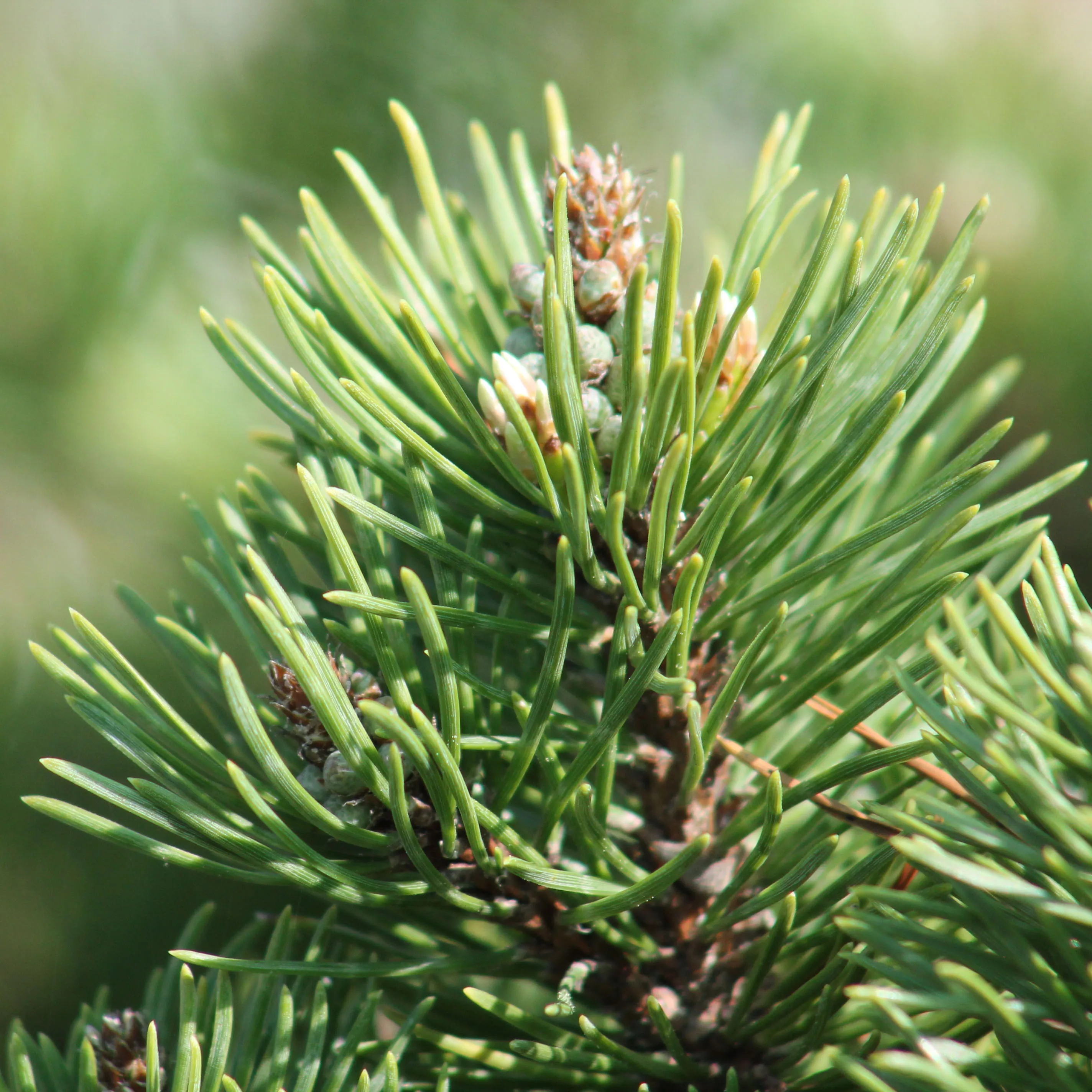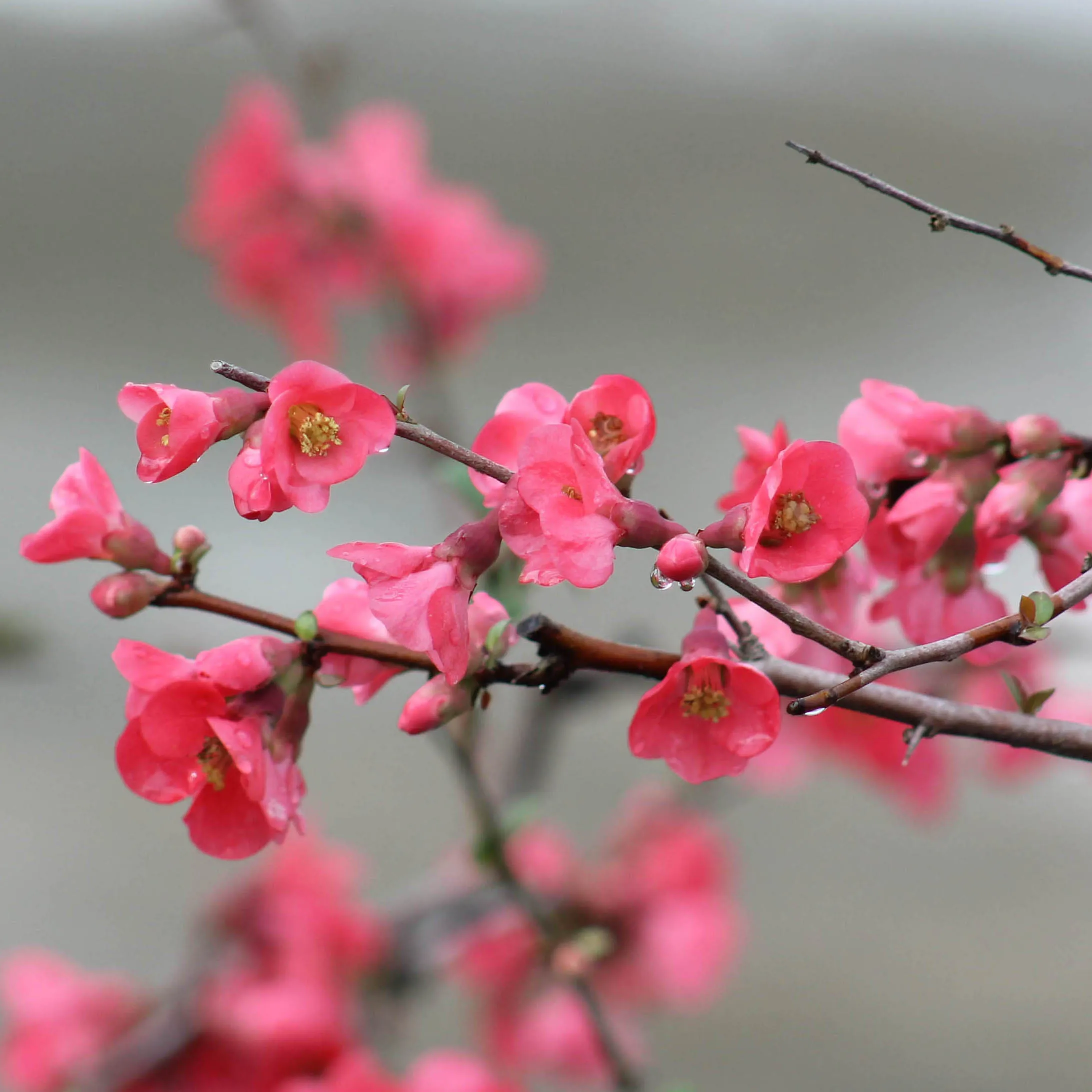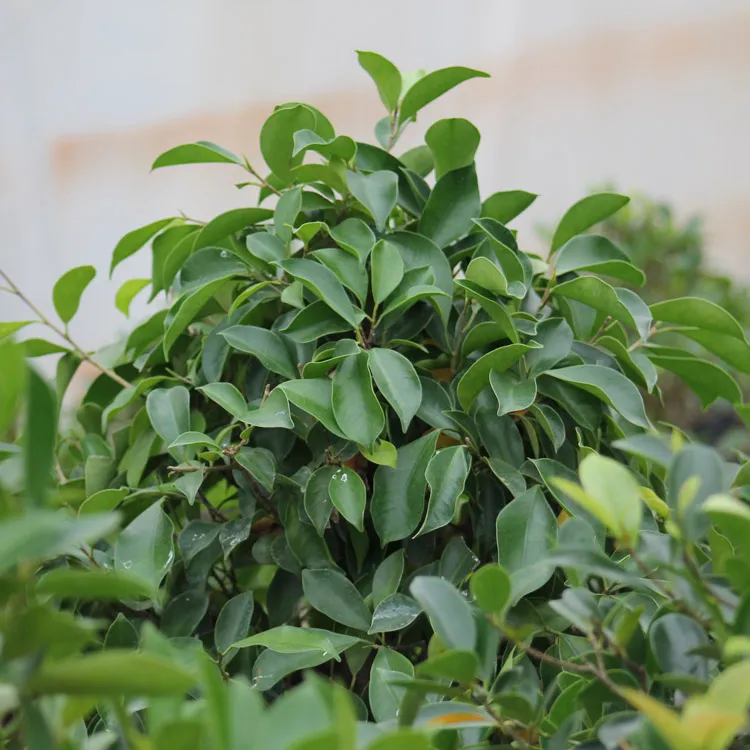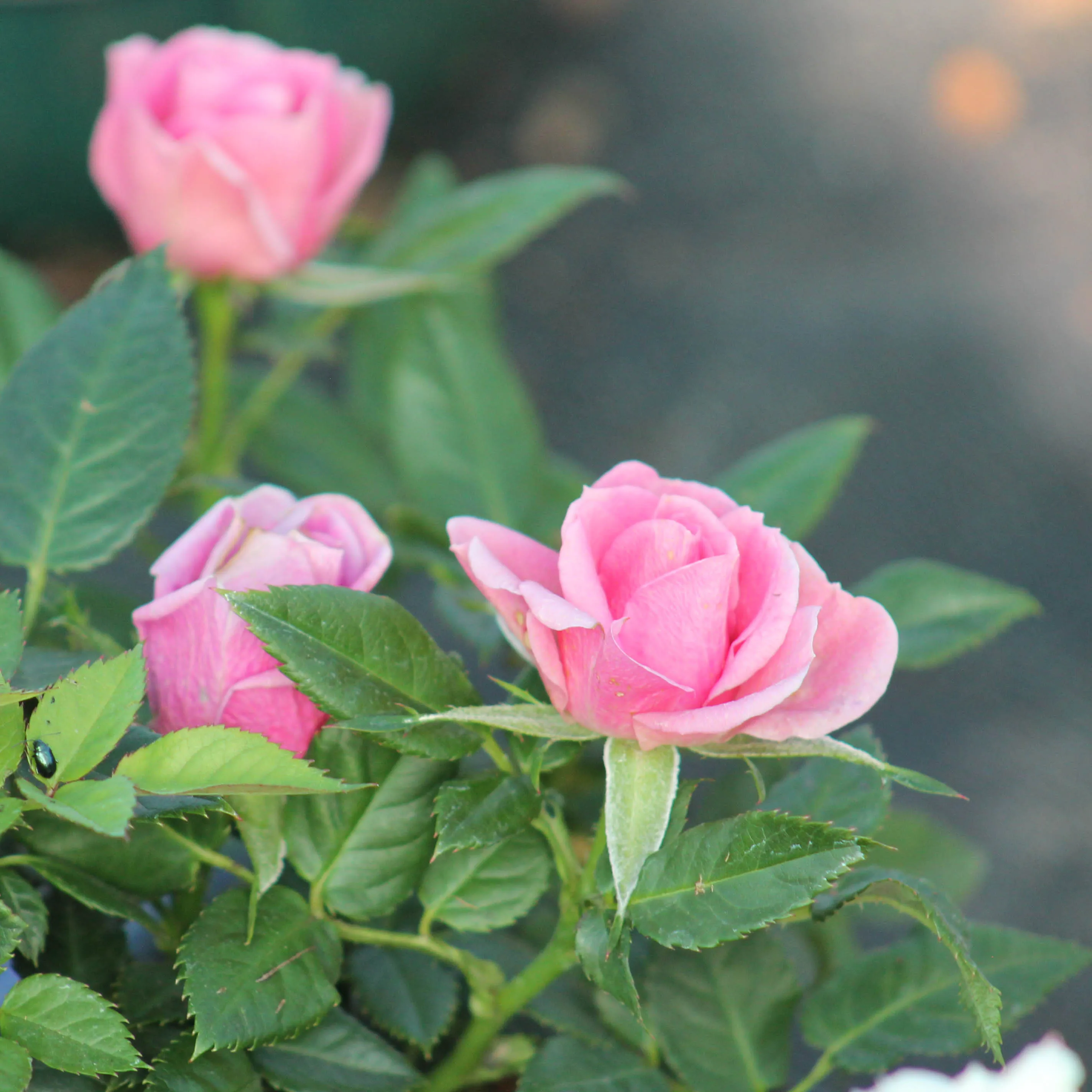
Camellia, particularly Camellia sasanqua, is an elegant choice for bonsai enthusiasts. With its evergreen leaves, beautiful, generous flowers and Japanese look, it combines aesthetics with tradition. In this article, you'll discover the fascinating origins of the Camellia, as well as cultivation tips and techniques for making the most of your Camellia bonsai.
Origins and history of the Camellia
The camellia is native to the temperate regions of Asia, particularly Japan, China and Korea. It has been cultivated in Asian gardens since the 7th century, where it symbolises grace and elegance. Imported to Europe by Empress Josephine, it quickly established itself as a highly prized ornamental tree.
Camellia sasanqua, nicknamed the ‘tea flower’, is particularly appreciated for its autumn flowering, which lasts from November to February. Its delicate flowers, pink or red with a golden centre, are even used to perfume tea in some parts of China.
Its natural habit and small leaves make it an ideal candidate for bonsai art.
Why choose the Camellia for Bonsai?
Camellias are particularly popular for their dense foliage, abundant flowering and longevity. There are several varieties of camellia suitable for bonsai cultivation, including Camellia japonica, Camellia sasanqua and Camelia transnokoensis. Here are just a few reasons why it is ideal for bonsai:
- Abundant, early flowering: It produces flowers from autumn (for sasanqua) to December to March (for transnokoensis), brightening up your outdoors during the colder months. The Japanese camellia blooms from February to June.
- Evergreen foliage : Its glossy, dark green leaves remain decorative all year round.
- Harmonious silhouette: Its natural growth makes it easy to create bonsai in a variety of styles, from formal upright to semi-cascading.
.jpg)
Growing conditions for Camellias in Bonsai
Camellias require specific care to thrive as bonsai trees. Here are the main points to bear in mind if you want your Camellia to flourish:
1. Location
- Outdoors: Place your bonsai outdoors all year round. However, it should be protected from temperatures below -3°C by placing it in a cold greenhouse or a bright, unheated room (such as a conservatory) during hard frosts.
- Exposure: Subdued light or part shade is ideal. Avoid full, hot sun, especially in summer, as this could damage the foliage. A north- or east-facing position is perfect.
2. Substrate
Camellias prefer cool, slightly acidic soil. A balanced substrate should be both draining and able to retain moisture. An ideal mix might include:
- 50% akadama for aeration.
- 25% pozzolana or gravel for drainage.
- 25% acidic bonsai potting soil.
In our nursery, we use agricultural potting compost made up of black peat, blond peat, aged eco, topsoil, horse manure and pozzolan.
When repotting, you can use a 50/50 mix of our soil and a mixture as described above.
3. Watering
- Keep the substrate constantly moist, but avoid stagnant water, which can suffocate the roots.
- Technique: Water gently until the water drains through the holes in the pot. In hot weather, water daily or even every day, and reduce the amount in winter as needed.
- Tip: In the event of drought, water the entire root ball by dipping the pot in water for 2-3 minutes.
Care and Maintenance of Camellia Bonsai
1. Pruning
- After flowering: Prune the branches to balance the shape of the tree. Remove spent flowers to prevent them from consuming the tree's energy unnecessarily.
- Pinching: Encourage fine branching by pinching young shoots.
2. Repotting
- Re-pot every 2 to 3 years, ideally after flowering or in spring.
- Lightly prune the roots without destroying the entire root ball to avoid damaging the root system.
3. Fertilising
- Apply a fertiliser rich in potassium and phosphorus (such as NPK 12-12-17 tomato fertiliser) every two months from March to October.
- Reduce the amount in winter to avoid excessive growth.
- Challenges facing Camellias in Bonsai
- Flower bud drop: This can occur as a result of irregular watering, temperature variations or lack of nutrients.
- Pests: Inspect the foliage regularly for aphids or scale insects. A biological or specific treatment can be used if necessary.
- Sensitivity to cold: Although hardy, the Camellia cannot tolerate temperatures below -3°C without protection.
A bonsai for enthusiasts
Camellia bonsai requires a certain amount of attention, particularly when it comes to watering and substrate. However, its spectacular flowers and evergreen foliage make it a unique reward for any enthusiast ready to take up the challenge.
With its historic roots and timeless charm, the camellia is much more than a bonsai: it's a veritable ode to the beauty of nature, in miniature!
Conclusion
Growing a camellia in bonsai is an exciting adventure, combining the rigour of the art of bonsai with the timeless beauty of this flowering plant. With careful care and appropriate training, your bonsai camellia will become a real living jewel, adding a touch of elegance to your collection.
Ready to add a camellia to your collection?


 Production of French Bonsai
Production of French Bonsai
























































































